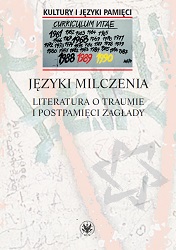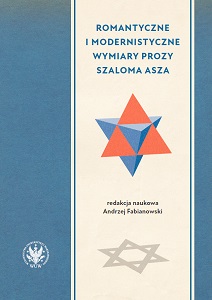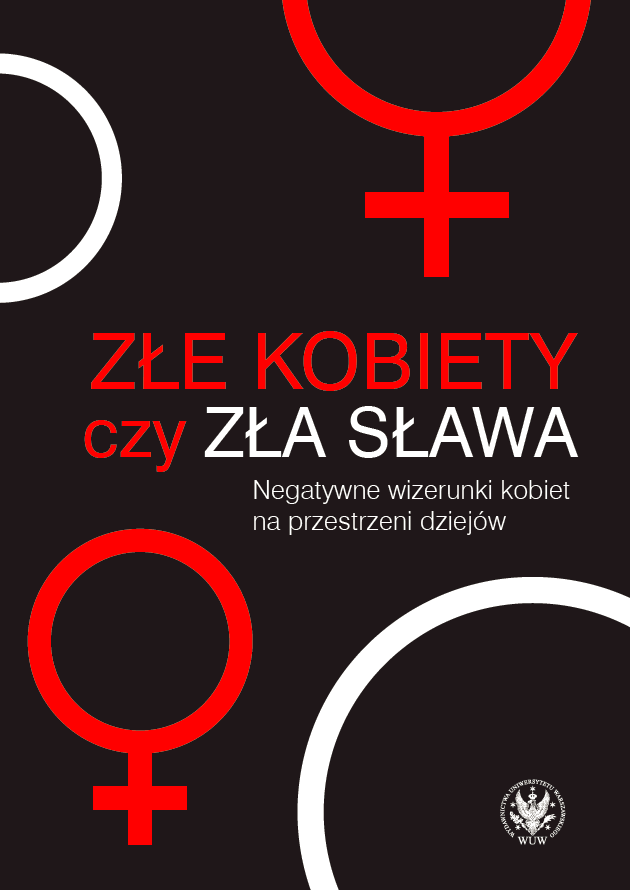
Bild und Tod in Paul Celans Sprachgitter
The book presents various aspects of literary representations of post-Holocaust trauma in texts of Polish and German literature. The phenomena of transgenerational memory transmission or – as Marianne Hirsh puts it – "postmemory" are an important element of the author’s reflections.
More...

